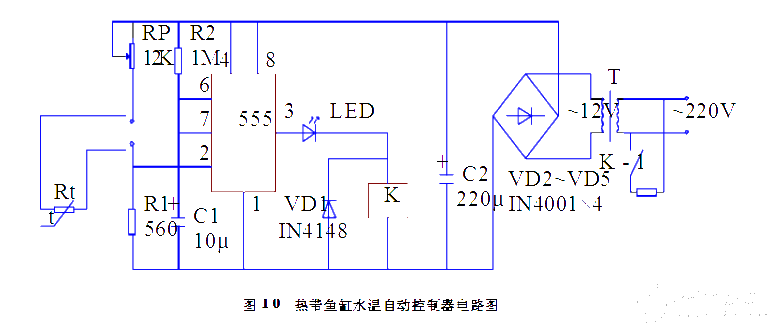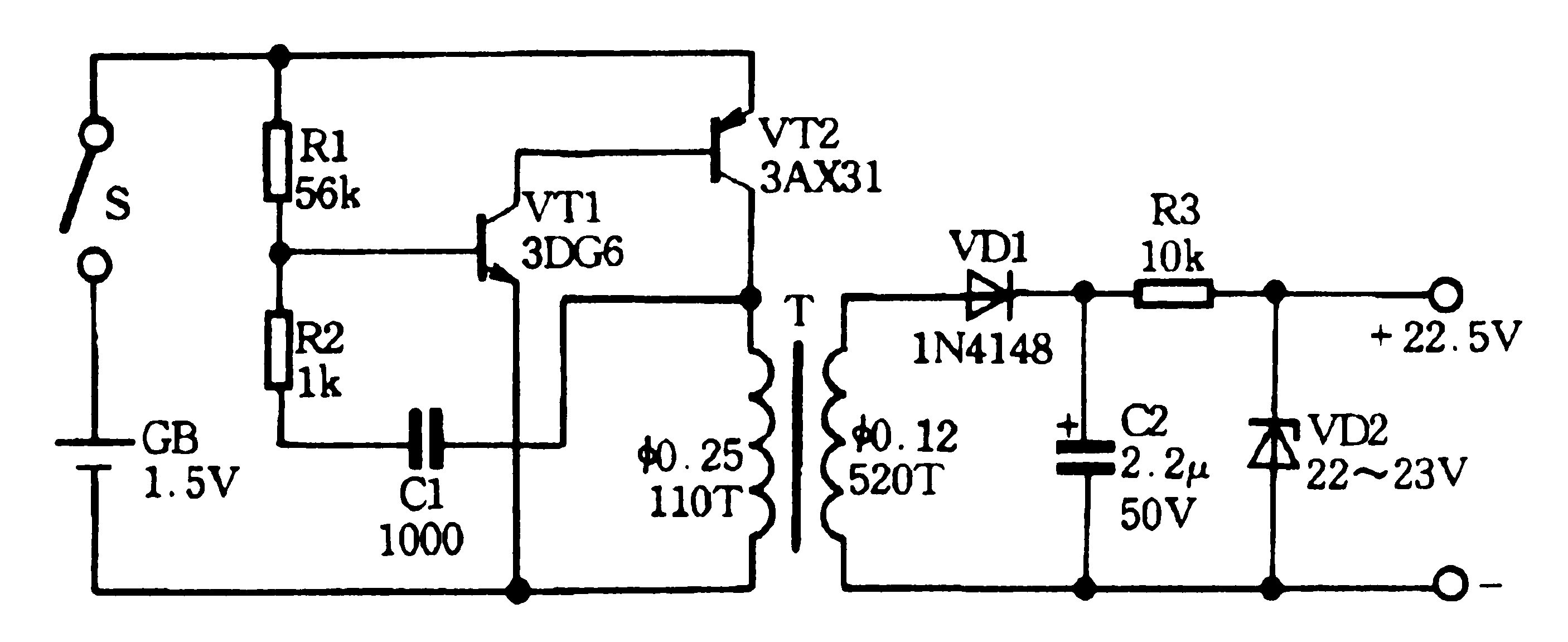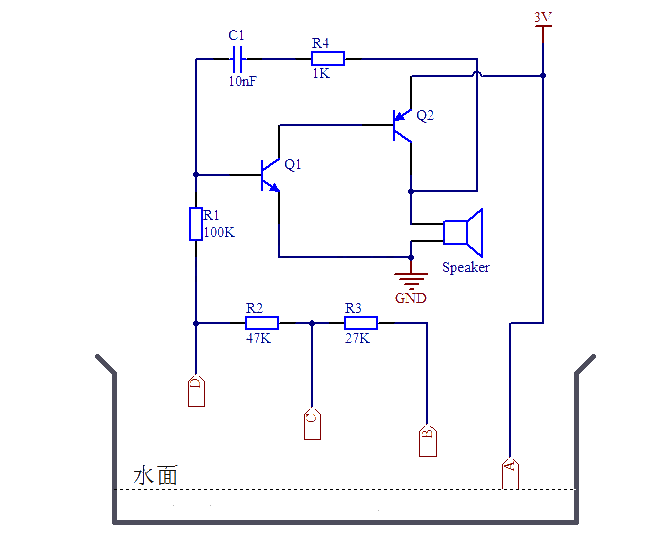Adjustable LNB Power Supply Is
Abstract: The DiSEqC standard is briefly introduced, and a DiSEqC-compatible power supply circuit with the MAX1771 is introduced. The application circuit provides the required 22kHz pulse-position-modulated (PPM) signal, as well as the 13V or 17V output selection. The circuit also provides a comparator circuit for detecting data transmitted by the satellite antenna assembly. The circuit of Figure 1 provides a digitally switchable 13V or 17V for the low-noise block (LNB) typically found in satellite receivers at the antenna feedhorn. This variation of supply voltage "tells" the remotely located LNB electronics whether it should set the antenna polarization clockwise or counterclockwise, which thereby eliminates the need for an interface and cable connection to the antenna. DiSEqC provides a 22kHz pulse-position-modulated signal of about 0.6V amplitude, superimposed on the LNB's DC power rail. Its coding scheme allows the remote electronics to perform more complex functions—like varying the downconversion frequency or physically rotating the antenna assembly. IC1 is a PFM boost-converter controller that controls an external FET to provide the step-up conversion from 5V to either 13V or 17V. The digital-input Voltage Control sets the position of an analog switch that determines the amount of feedback to IC1, and hence the output voltage level. Thus, an input logic low selects 13V and a logic high selects 17V. IC2, a single switch in a tiny SOT23-5 package, is ideal for this simple switching task.Components on the right side of the schematic provide compatibility with the DiSEqC standard. The comparator in IC3 forms a receiver that detects data transmitted from a slave LNB assembly (the DiSEqC standard specifies bidirectional data flow). This output connects to the IRQ or port pin of a microcontroller (not shown) for decoding.The DiSEqC transmitter consists of transistor Q1 and an LED (D1), which acts as a transmit indicator and also as a constant-voltage source that forces a relatively constant current of about 40mA through Q1. During encoded bursts of 22kHz from the microcontroller, the low portions turn off the LED by sinking its drive current, which forces Q1 off as well. The 40mA switched current flows through R5, providing 600mV output swings as required by the specification.C4, L2, and R5 form a resonant circuit whose impedance at 22kHz is 15Ω, as required by the specification. The inductor's DC resistance must be 0.5Ω or lower to accommodate the 0.5A maximum load currents. The circuit also operates on 12V, and does so with greater efficiency. When operating at 12V, consult the MAX1771 data sheet for suitable values of L1 and R1.A similar idea appeared in the April 20, 1998 issue of Electronic Design.
DiSEqC provides a 22kHz pulse-position-modulated signal of about 0.6V amplitude, superimposed on the LNB's DC power rail. Its coding scheme allows the remote electronics to perform more complex functions—like varying the downconversion frequency or physically rotating the antenna assembly. IC1 is a PFM boost-converter controller that controls an external FET to provide the step-up conversion from 5V to either 13V or 17V. The digital-input Voltage Control sets the position of an analog switch that determines the amount of feedback to IC1, and hence the output voltage level. Thus, an input logic low selects 13V and a logic high selects 17V. IC2, a single switch in a tiny SOT23-5 package, is ideal for this simple switching task.Components on the right side of the schematic provide compatibility with the DiSEqC standard. The comparator in IC3 forms a receiver that detects data transmitted from a slave LNB assembly (the DiSEqC standard specifies bidirectional data flow). This output connects to the IRQ or port pin of a microcontroller (not shown) for decoding.The DiSEqC transmitter consists of transistor Q1 and an LED (D1), which acts as a transmit indicator and also as a constant-voltage source that forces a relatively constant current of about 40mA through Q1. During encoded bursts of 22kHz from the microcontroller, the low portions turn off the LED by sinking its drive current, which forces Q1 off as well. The 40mA switched current flows through R5, providing 600mV output swings as required by the specification.C4, L2, and R5 form a resonant circuit whose impedance at 22kHz is 15Ω, as required by the specification. The inductor's DC resistance must be 0.5Ω or lower to accommodate the 0.5A maximum load currents. The circuit also operates on 12V, and does so with greater efficiency. When operating at 12V, consult the MAX1771 data sheet for suitable values of L1 and R1.A similar idea appeared in the April 20, 1998 issue of Electronic Design.






评论